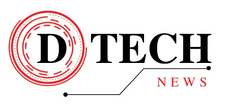Why the FCC Mandate for Hearing Aid-Compatible Smartphones is a Major Win for Accessibility 🎉
Taking Strides Toward Inclusivity: The FCC’s Pivotal Directive
In a bold affirmation of inclusivity, the Federal Communications Commission (FCC) has set a transformative standard by mandating that all smartphones must be hearing aid-compatible. This groundbreaking decision is pivotal for the millions who rely on hearing aids, ensuring that cutting-edge technology remains accessible to everyone, regardless of hearing ability. By breaking down barriers, the FCC is making strides towards a universally accessible tech world.
A Momentous Milestone in Accessibility 🌟
The path to universal accessibility is marked by significant milestones, and the FCC’s action is a critical advance. By enforcing smartphone compatibility with hearing aids, the FCC aims to eliminate longstanding obstacles that have prevented individuals with hearing impairments from fully leveraging mobile technology. This mandate aligns with global efforts to focus on accessibility, underscoring the essential role of inclusivity in tech design.
The Importance of Universal Access: Empowering Millions 🦻📲
Hearing impairment is a challenge faced by millions across the globe. In an era where smartphones are indispensable tools for communication, productivity, and entertainment, many hearing aid users have struggled with incompatible devices. Prior to this mandate, they often had to rely on workarounds or specialized equipment, which fell short of delivering the seamlessly integrated experience that mainstream smartphones offer. The FCC’s new rules promise broader compatibility that enhances user experience, removing frustration and enhancing engagement with technology.
Anticipating the Future: Changes on the Horizon 🔄
With the implementation of this mandate, consumers can expect every smartphone sold to adhere to hearing aid compatibility standards. This ensures not only clearer audio quality but also minimized interference, paving the way for industry innovation. Manufacturers are likely to invest in developing new designs and technologies tailored to the needs of the hearing-impaired community. These advancements are anticipated to enhance user interfaces and sound processing features, benefiting all users in the process.
- Industry-wide innovation driven by new standards
- Clearer audio quality and reduced interference
- Enhanced user interfaces for improved accessibility
Impact on Manufacturers and Consumers 💼🔍
For manufacturers, this FCC mandate represents both a challenge and an opportunity. It is a call to step up and take the lead in accessibility innovation. By adhering to these requirements, companies can appeal to a wider consumer base and demonstrate a strong commitment to inclusion. For users, particularly those dependent on hearing aids and cochlear implants, this development assures equal access to technology, empowering them with greater independence and engagement in their daily lives.
Charting a More Inclusive Future 🌐🤝
The FCC’s decision underscores a growing awareness and advocacy for disability rights and accessibility in technology. In today’s rapidly advancing telecommunications landscape, inclusivity must remain a cornerstone of innovation. This mandate stands as a powerful reminder that technology is meant to serve everyone. By setting these standards, the FCC is paving the way for more equitable access to mobile technology, ensuring that no one is left behind.
Looking ahead, the goal is a world where technology is genuinely inclusive, offering equal opportunities for interaction and participation regardless of physical abilities. The FCC’s mandate for hearing aid compatibility in smartphones represents a significant leap toward achieving this vision, marking a new chapter in the ongoing journey toward accessibility.
Final Thoughts 💬
As we gaze into the future, we envision a world where technology is truly inclusive, affording all users an equal chance to engage and participate. The FCC’s hearing aid compatibility mandate is a substantial leap toward this goal, opening up access and opportunity for all. Let this serve as inspiration for continued progress and greater awareness across all sectors of tech development. Together, we can champion an inclusive technological future for everyone!
If this resonates with you, please leave your thoughts or share this post to raise awareness about the critical importance of tech accessibility. 🌍💪




















































